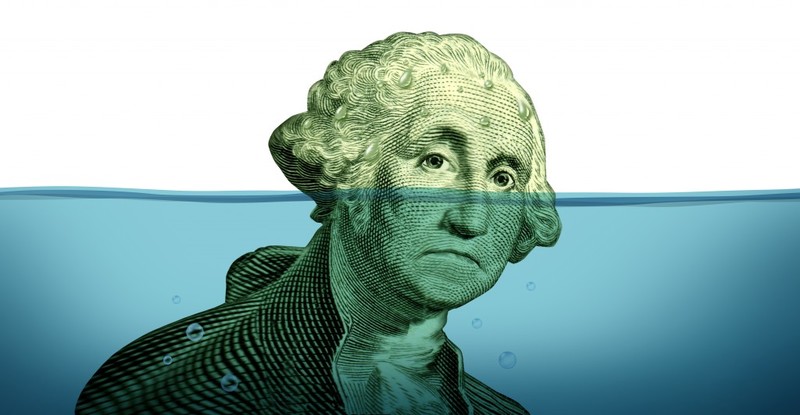Water is Money

In the 2019 fiscal year, the Panama Canal closed with a record tonnage of 469 million tones (PC/UMS), exceeding the projection and surpassing the record tonnage from the previous fiscal year.
The canal, used by a 3% of the global maritime trade, is responsible for 8% of the national governments revenue. The canal is used by cruise ships, recreational ships, and even nuclear submarines. It is a vital connector that relies on Lake Gatun, a valley flooded a century ago to power the it’s locks.
It is no wonder Oscar McKay, a Panama Canal Authority engineer referred to the lake’s water as money. Without it, the canal cannot operate. Without water the gateway between the Pacific and Atlantic Oceans would be closed for business.
So what should Panama do to protect its biggest asset? An article published in the Economist, Beyond seasonable drought, says - combat climate change.
The Economist spoke to the need for ships to shed cargo during the dry season last year. A lack of water in the canal created the need to put a limit on depth of the vessels passing through. The implemented draft limits meant less revenue for the country. However, what is really striking is that in the middle of the rainy season the Economist is reporting water level in Gatun to be six feet lower than it should be.
If water is money the canal watershed is our piggy bank, and we are currently beating it with a sledge hammer. By allowing deforestation and development in this protected area, dollar bills are not the only thing slipping through cracks left from a lack of environmental standards, we’re also loosing quality of life.
Gatun supplies drinking water for the whole city of Panama, as does the nearby man-made Lake of Alajuela. 2018 was the driest period in memory for the canal basin, effecting more than just the Panamanian economy. The drought affected the drinking water supply in Panama City and indigenous villages that live off the water ways.
While each year we hope rainy season will replenish the source enough to last though the dry season, science is showing us hope is not enough. If we do nothing to combat climate change, we’re pulling the plug on the canal and with that, we stand to loose a lot.
Trending Tags
